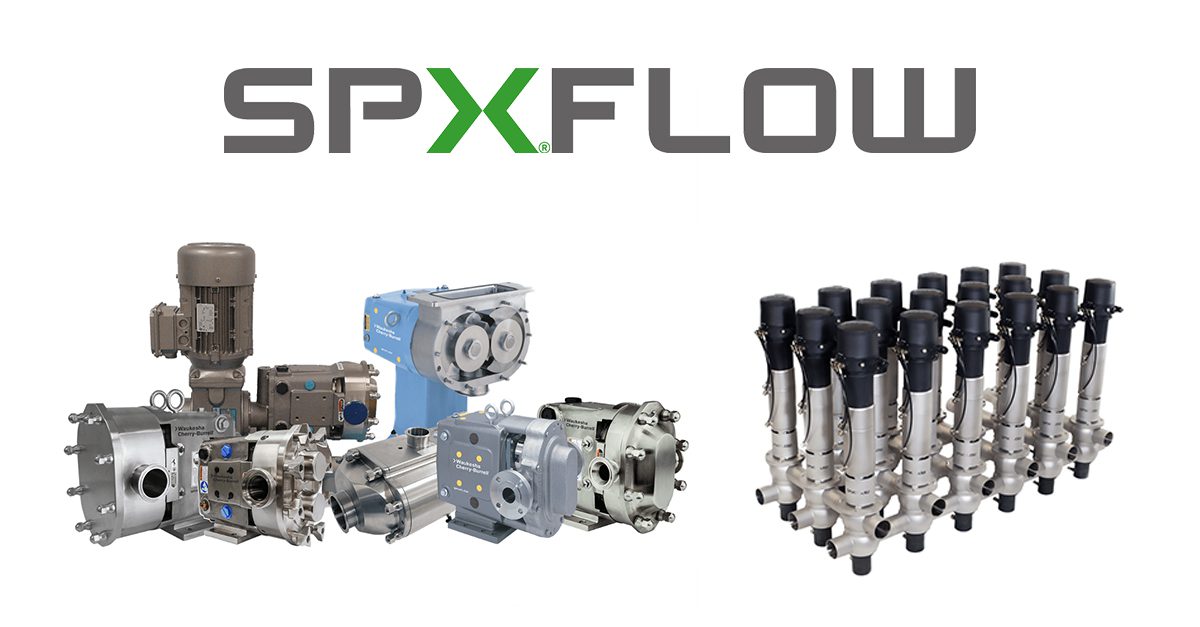Sanitary Flowmeters- What Technology Should I Use?
This is a topic we’ve touched on before. Today, we are going to recap and rehash the four primary types of sanitary flowmeter technology used in processes today and the advantages and disadvantages of each. We won’t focus too much on how each works and try to focus on when they should be applied.
Sanitary Turbine Flow Meters
The first technology we should look at is arguably the simplest- the turbine flow meter. Sanitary turbine meters use a turbine that is placed in a stainless steel housing. As liquid moves through the line, the turbine begins to spin. As it spins, a pick up probe, threaded into the housing, counts each rotation and relays the signal generally in the form of a pulsed output. Turbine meters work great on thin, non viscous fluids. We see them used a lot in RO and DI water loops. While they are usually digital outputs, a good panel meter can scale this signal to provide both rate and total indications. Turbine meters make a volumetric measurement of flow.
Sanitary turbine flow meters are economic and easy to install, but they aren’t exceptionally robust. Pick up probes are digital, not analog outputs. While some probes do have an optional 4-20 mA converter, these are expensive and can negate the cost savings turbine meters offer. They should not be used with viscous fluids and can often be difficult to clean. Flow must be conditioned with factory specified lengths of straight tube leading in and out of the meter to prevent turbulence. Turbine flow meters do not have exceptional turndown and meter size should be selected based on flow, not line size. The largest size meters are available in is 3”. Because the digital pulses are scaled, they are often times not as accurate as other technologies either.
Positive Displacement Sanitary Flow Meters
The sanitary PD flow meter is probably the oldest and simplest of all of the technologies. These meters use a rotating piston in a measuring chamber to generate pulses that a probe transmits to a digital display or panel meter. Positive displacement meters perform exceptionally when used in high viscosity applications. They can be cleaned in placed and are accurate to +/-0.15% over the meter specified flow range. The only real disadvantages to this technology are size and cost. Pressure drop across the meter also should be considered when selecting a sanitary PD meter. PD sanitary flow meters also make a volumetric measurement.
Sanitary Electromagnetic Flow Meters
Electromagnetic flow meters (sanitary mag meters) are an excellent meter choice for sanitary applications. Their straight through tube design allows them to handle a wide range of fluids at different viscosities, clean well, and completely drain when mounted in the vertical position.
While the initial cost of a mag meter can be high, Anderson’s IZMAG, an excellent product, gives users a lot of bang for their buck. They come with an illuminated local, touch screen display that can be easily navigated to show flow rate as well as total. They come standard with 2 pulsed and one analog output. The IZMAG can be loop powered with 24 VDC or 120/240 VAC. They have a high turndown and come in sizes 1”-4”. Mag meters are highly accurate, +/-0.20% and also make a volumetric measurement.
For a sanitary mag meter to work properly, the fluid they are measuring needs to have at least 5uS of conductivity. The IZMAG will work with standard tap water, but not with high purity, deionized water. Other fluids that mag meters are ideal for handling are cream, tomato paste, whey, liquid egg, juice, and molasses. If the conductivity is high enough, a sanitary mag meter is our go to choice, offering the best combination of functionality and economy.
Other than fluid compatibility, other issues with sanitary mag meters are mounting and full tube considerations. If the flow tube is not full, we will have trouble getting a steady, accurate measurement. For this reason, we prefer to mount mag meters in a vertical orientation with flow entering the bottom of the tube. This also help with draining.
Coriolis Mass Meters
The final meter type we are using day in and day out in sanitary applications are Coriolis type sanitary mass meters. These are extremely sensitive and accurate meters that differentiate themselves from other meter technologies by taking a direct mass measurement. This is useful in applications where product density can vary or change with temperature. While volumetric measurements can be converted to mass units, however that is based on a fixed density. Coriolis meters solve this problem by making a direct mass measurement. This is especially useful in custody transfer applications where you are buying buy the pound.
Sanitary coriolis meters also indirectly measure temperature via a thermocouple used by the meters microprocessor based transmitter. They are the most accurate sanitary flow meters we offer and have few, if any, flow conditioning requirements.
Draw backs to Coriolis meters are cost and cleanability. They are very expensive and their design poses problems with high viscosity products. There are a few straight through tube models on the market that help combat these, but offerings are limited. Because the technology is delicate and advanced and transmitters are often microprocessor based, expect Coriolis meters to be on the scale of twice the cost of electromagnetic meters. That being said, the transmitters are very advanced and can offer turnkey solutions in sanitary metering or batching applications.
Conclusions
So there is an overview of the sanitary flow meter technologies. Hopefully this is a good guide in selecting your next meter. If you’re just counting how much water goes through the line, a turbine meter is probably fine. If it’s a dosing application, go with a mag or mass meter. Custody transfer by weight? Definitely want to go with a mass meter. If you have any additional questions about your next flow measurement application, contact Holland today.










